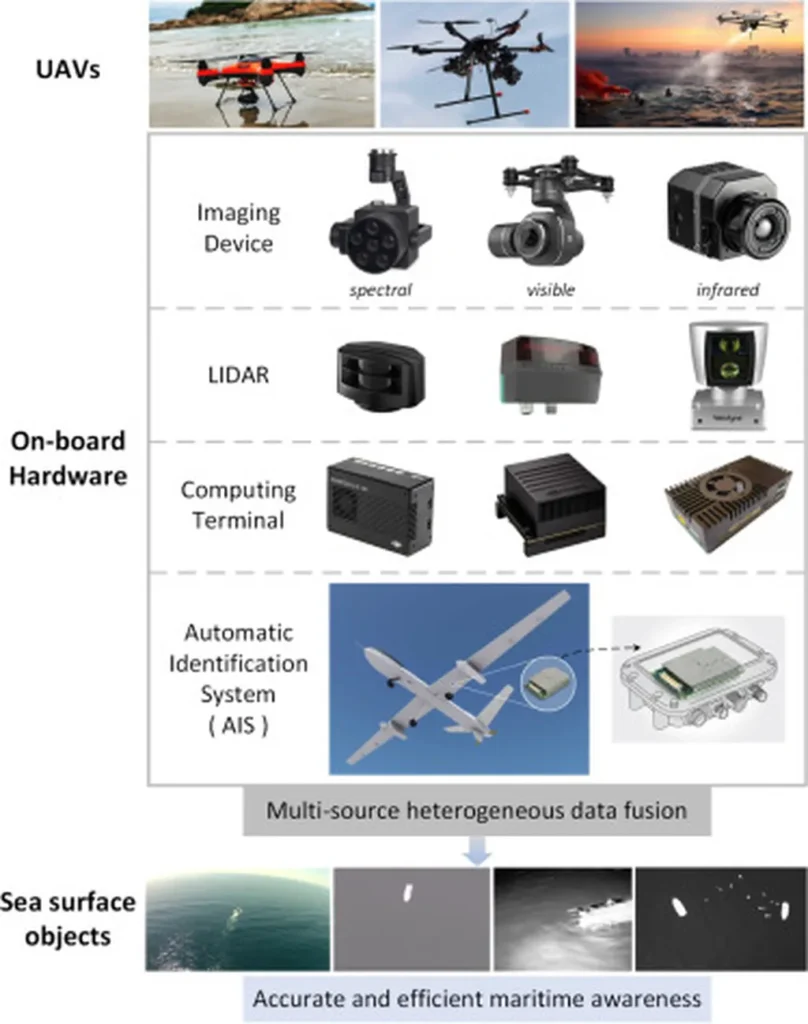Researchers Maneesha Wickramasuriya, Taeyoung Lee, and Murray Snyder have developed a groundbreaking deep transformer network designed to estimate the relative 6D pose of a shipborne Unmanned Aerial Vehicle (UAV) using monocular images. Their work, which integrates advanced machine learning techniques with practical maritime applications, promises to revolutionize autonomous navigation and landing systems for UAVs.
The study introduces a novel approach to solving the complex problem of UAV pose estimation relative to a moving ship. The researchers created a synthetic dataset of ship images, meticulously annotated with 2D keypoints of various ship parts. This dataset serves as the foundation for training a Transformer Neural Network model. The model is tasked with detecting these keypoints and subsequently estimating the 6D pose of each ship part. By employing Bayesian fusion, the researchers integrate these individual pose estimates to achieve a comprehensive and accurate understanding of the UAV’s position relative to the ship.
The robustness and accuracy of the model were rigorously tested under diverse conditions. Initially, the model was evaluated on synthetic data, where it demonstrated an impressive position estimation error of approximately 0.8% of the distance to the ship. To further validate its performance, the researchers conducted in-situ flight experiments. In these real-world scenarios, the model maintained a high level of accuracy, achieving a position estimation error of approximately 1.0% of the distance to the ship. These results underscore the model’s capability to perform reliably in various lighting conditions, a critical factor for practical maritime applications.
The implications of this research are far-reaching. The ability to accurately estimate the 6D pose of a UAV relative to a ship opens up new possibilities for autonomous operations. One of the most promising applications is the development of autonomous UAV landing systems. By providing precise pose information, the model can enhance the safety and efficiency of UAV operations on ships, reducing the need for manual intervention and minimizing the risk of accidents. Additionally, this technology can be leveraged for improved navigation, allowing UAVs to maneuver more effectively in the dynamic and often challenging maritime environment.
The work of Wickramasuriya, Lee, and Snyder represents a significant advancement in the field of maritime robotics. By combining deep learning with Bayesian fusion, they have developed a robust and accurate system for UAV pose estimation. Their research not only demonstrates the potential of advanced machine learning techniques in solving real-world problems but also paves the way for future innovations in autonomous maritime operations. As the technology continues to evolve, it is likely to play a crucial role in shaping the future of shipping and logistics, making operations safer, more efficient, and more sustainable. Read the original research paper here.

